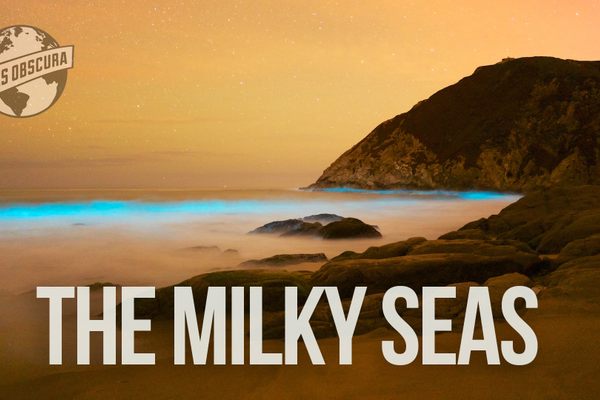100 Wonders: The Desertron
If you happened to drive past the site of the Superconducting Super Collider in Waxahachie, Texas, you might mistake it for a rundown office park. In fact, it is the greatest missed opportunity in particle physics.
In the early ’90s, the Superconducting Super Collider (SSC), nicknamed the Desertron, was set to be the largest and most energetic particle collider ever built. Had it been completed, it would have three times the size of the Large Hadron Collider, the European machine that discovered the Higgs Boson, or “God,” particle in 2012. Had the SSC been built, it likely would have found that long-theorized yet elusive particle a decade earlier.
But this pioneering discovery was not to be. In October 1993, just two years after construction began on the SSC, increasing costs and a lack of public awareness regarding its scientific importance led to the U.S. Congress pulling its funding. All that now remains of the SSC are decrepit buildings, 14 miles of massive tunnels under the Waxahachie desert, and the crushed dreams of the world’s particle physicists.






































Follow us on Twitter to get the latest on the world's hidden wonders.
Like us on Facebook to get the latest on the world's hidden wonders.
Follow us on Twitter Like us on Facebook